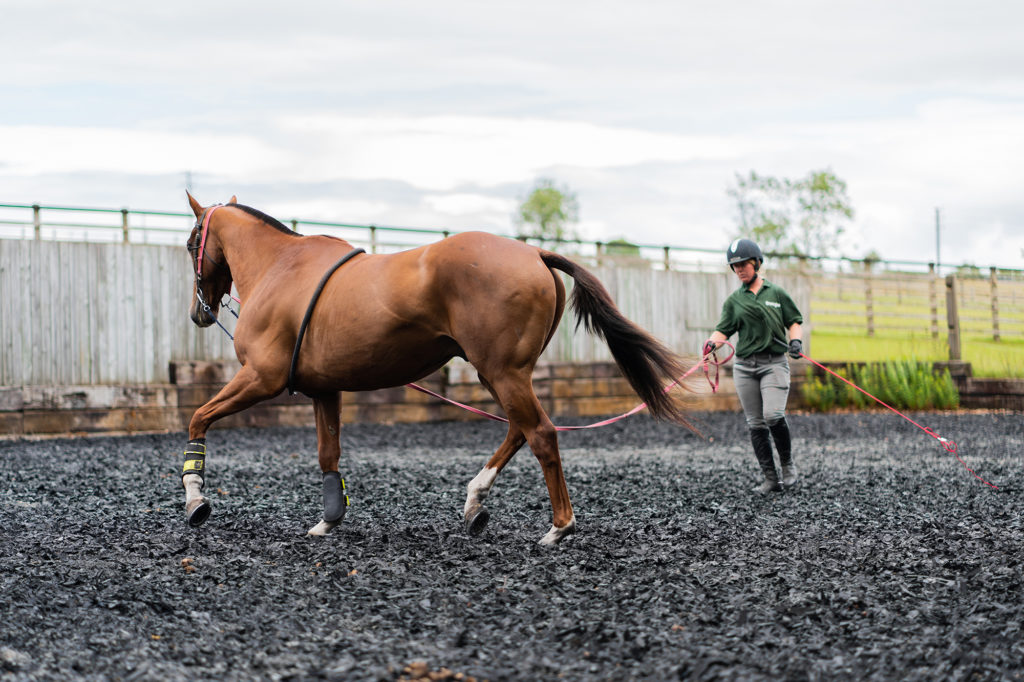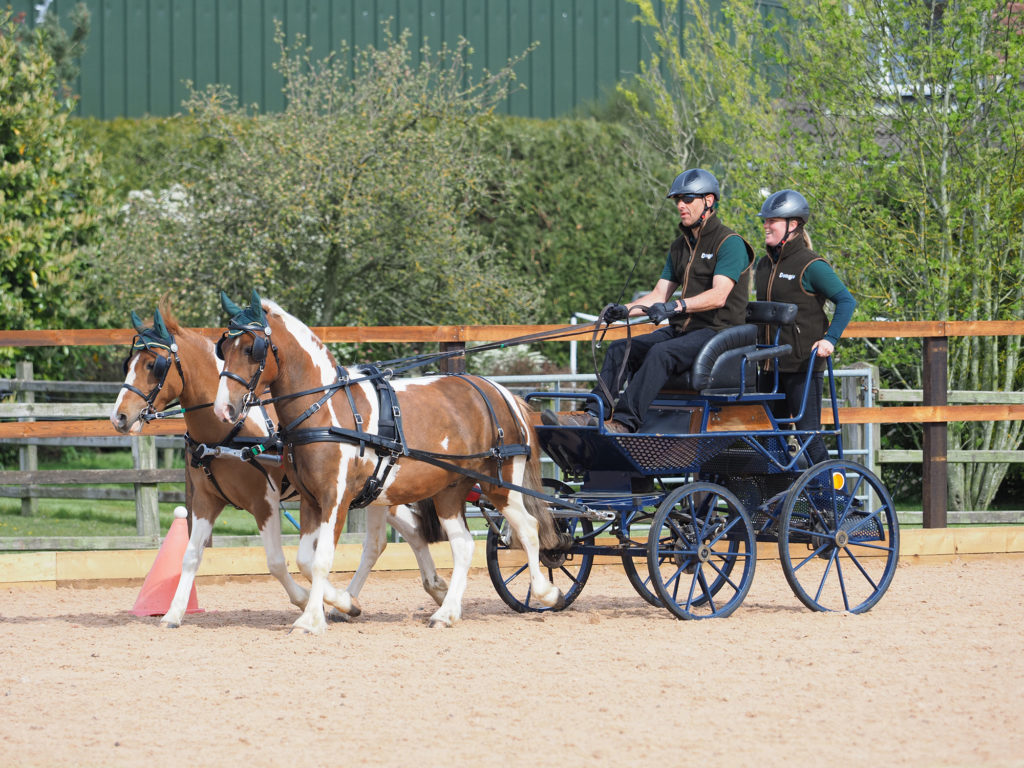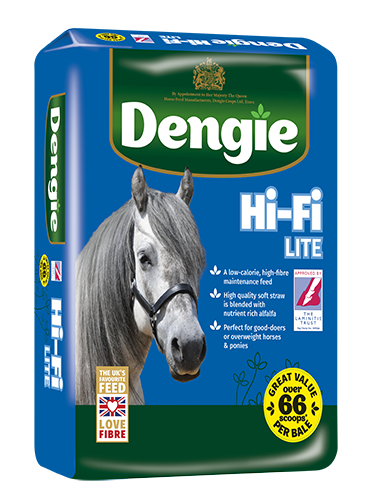How can you exercise your horse without riding?
With the winter on the way, daylight hours getting shorter and reduced turnout time, it can be harder to keep your horse fit, particularly when you don’t really fancy riding in the cold and the rain! It can also be difficult keeping the weight off horses and ponies that are not being ridden, such as companions.
Exercise doesn’t always have to involve riding, so here are some ideas of how you can add variety to your horse or pony’s exercise regime without having to get in the saddle.
In-hand Walking
Taking your horse or pony for a walk in-hand can be helpful when you can’t tack up and ride. This is a great form of exercise for both horse and rider as well as being a great way to bond face to face. The average person will burn between 210 and 360 calories on a 3 mile walk with their pony. If your horse is difficult to handle on the ground, this may not be the most effective or safe method of exercise, but it can be particularly beneficial for the smaller companion ponies who are unable to be ridden. Remember to use a bridle when leading in-hand and wear suitable gloves, hat and hi-vis.
Ride and Lead
Riding and leading is a great way to exercise more than one horse at a time. It is important that the horses get along and you have enough control over them both, it may be best to practice at home first before venturing out and about, particularly if you are planning to go out on the road! Riding and leading is often a popular choice of exercise for parents keeping their children’s ponies fit during the week. Don’t forget your Hi-Viz for you and both horses.
Lunging your horse
Although only recommended in moderation, due to the constant circling putting more strain on the joints, tendons and muscles, lunging your horse once or twice a week can really help with their fitness levels. As well as burning calories, lunging can also help to improve suppleness and balance. Watching your horse from the ground gives you a chance to see how your horse moves and helps with spotting any lameness issues. Lunging can be quite an intensive work out so should be introduced gradually. Remember to ensure your horse has properly warmed up on a larger circle before working them harder or on a smaller circle. As with any ground work, remember to wear your hat and gloves for safety.

Long reining horses
Although a little more complicated, long reining can be more beneficial than lunging as it can also be done in a straight line rather than just on a circle. It is more closely related to riding as two lines are used in a similar way to the reins while riding. Long reining horses gives you more freedom to work in a larger space as well as being able to incorporate lateral work. Long reining doesn’t just have to happen in the arena either, why not incorporate your favourite hacking routes too helping to improve both your horse’s and your own fitness levels!
Increasing your horse’s turnout
Increasing turnout time is a simple and easy way for your horse to stretch their legs and loosen their muscles without you needing to be present. Turnout is also beneficial in managing behavioural difficulties and vices associated with stable boredom. Remember, increasing turnout time will also mean your horse has access to more grass, unless they are out in a grass free area. Implementing a track system or wearing a grazing muzzle are effective ways of ensuring your horse can have a good leg stretch without overindulging on the grass!

Stretching
‘Carrot stretches’ are great for improving flexibility, suppleness and stretching those muscles. Remember to do each stretch evenly both sides and gradually build up the intensity and duration of the stretch. Dengie Alfalfa Pellets are a great alternative to carrots which can be used as a low sugar and starch treat. Stretching shouldn’t be used as a replacement for professional treatment, but it can help improve your horse’s suppleness and flexibility.
Free Schooling
Free schooling is a quick and easy way to allow your horse to move around freely and help them to find their own natural balance. It can also help them to blow off some steam and have some fun with a buck and a play around. Poles or jumps can also be incorporated for added variety, if your horses is fit enough to do so.
In-hand Agility
Horse agility is an internationally competitive sport, but it can also be done at home as a fun and pleasurable activity for you and your horse. Navigating a course of obstacles with your horse helps enhance your communication and bond. You don’t need to have any fancy equipment, poles, cones or buckets make great obstacles to step over or walk around. How about upcycling an old Dengie feed bag into a flag or something to step over? Not only does agility help to keep the horse physically active but it also encourages them to think for themselves.
Hannah Russell likes to use clicker training as a way of keeping her 28 inch miniature Shetland ‘Little Alf’ active both mentally and physically.

Driving
Driving works different sets of muscles compared to riding and can help to strengthen your horse’s hind end and build topline. Companion ponies and miniature horses are often ideal for driving due to their strength and sturdy builds; even a miniature horse can pull an adult in a cart. Driving can also be a great second career for a pony that has been outgrown by their rider or to provide an alternative form of exercise to riding.
Hope and Star are two rescue ponies that were introduced to driving to help keep them fit. They are now out competing in scurry and trials driving with their owners Hannah and Matt Illston-Barsby.
Horse Walker or Treadmill
Although not readily available to everyone, horse walkers and treadmills are a great way of increasing your horse’s strength and fitness. The speed can gradually be increased over time as the horse’s fitness builds up.




